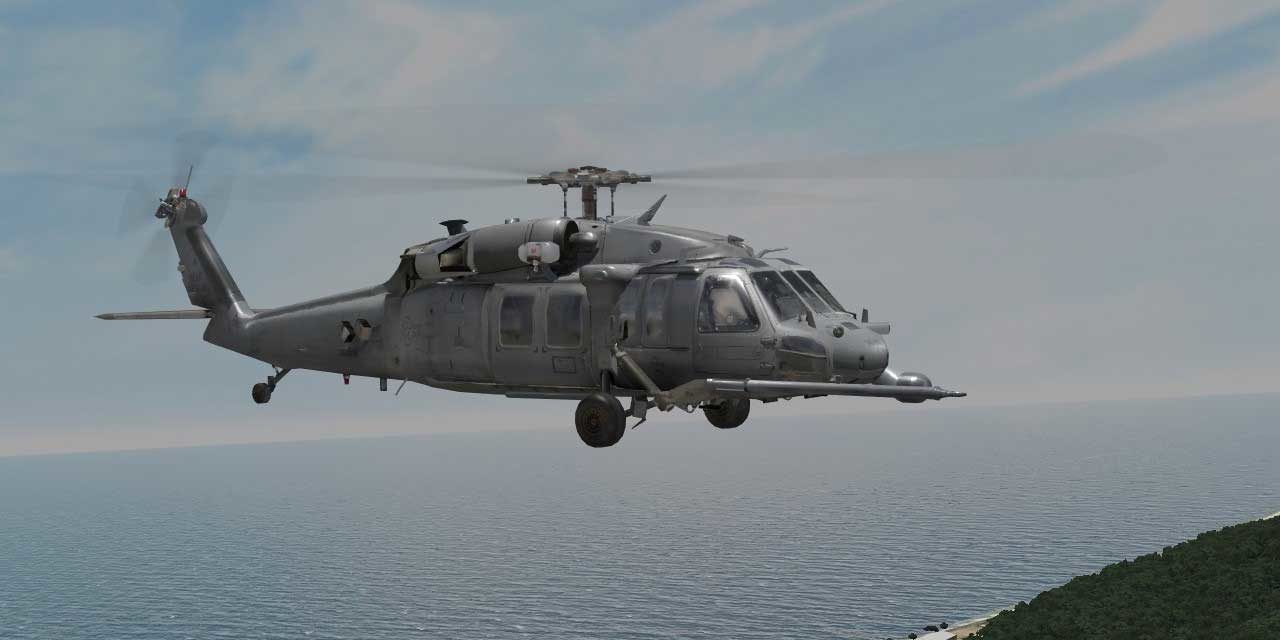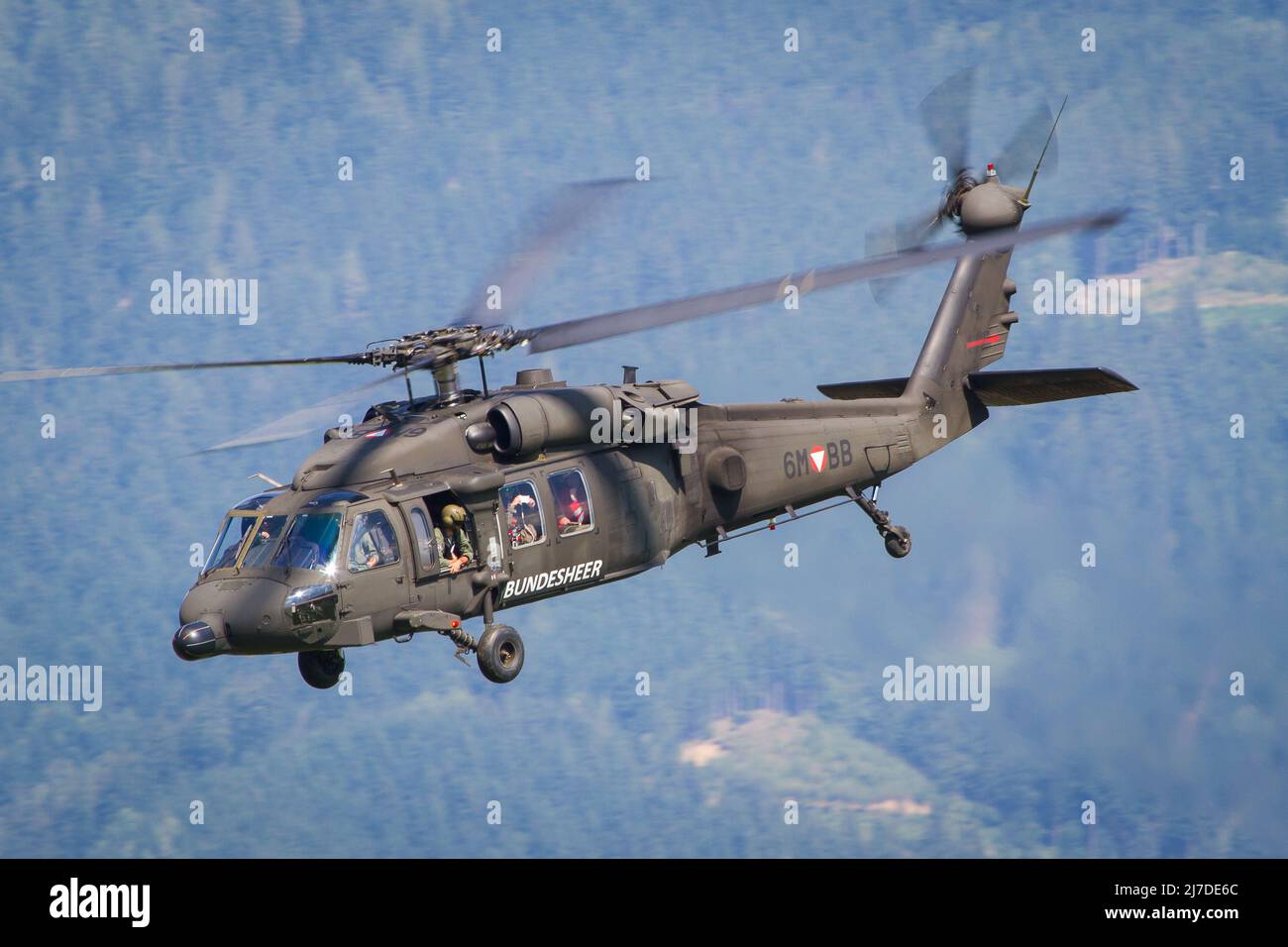Sikorsky S 70: Transforming Tactical Operations with Cutting-Edge Innovation
Sikorsky S 70: Transforming Tactical Operations with Cutting-Edge Innovation
Blog Article
Rotary-Wing Aircraft Offering Superior Resilience and Precision Engineering
In the world of air travel, rotary-wing airplane have long been acknowledged for their distinct capacities in different operational settings. As we discover the intricate equilibrium in between innovation and integrity in rotary-wing airplane, it ends up being apparent that the convergence of cutting-edge modern technology and tried and tested style concepts has actually set a brand-new requirement for performance and effectiveness in the aerospace industry.
Advancement of Rotary-Wing Modern Technology
Throughout the history of aeronautics, the evolution of rotary-wing technology has been a testament to continual innovation and advancement in aerial engineering. From the very early days of vertical flight with basic layouts to the advanced helicopters and various other rotary-wing airplane these days, the development in this area has actually been exceptional.
In the very early 1900s, pioneers like Igor Sikorsky and Juan de la Cierva made considerable strides in rotary-wing technology. Sikorsky's VS-300 helicopter, first flown in 1939, noted a turning point in the development of sensible rotary-wing airplane. This success led the way for further innovations in upright trip capacities.

Today, rotary-wing aircraft play crucial roles in different industries, including military operations, emergency situation clinical solutions, law enforcement, and industrial transportation. The development of rotary-wing technology proceeds to press the borders of what is feasible in vertical flight, making certain that these aircraft continue to be important properties in the aviation sector.
Materials and Building Innovations
Showing a blend of innovative materials and exact building and construction techniques, rotary-wing airplane have gone through considerable improvements in resilience and efficiency. Among the essential innovations in products utilized for rotary-wing airplane is the boosting use of composite materials. These products, such as carbon fiber enhanced polymers, offer a high strength-to-weight ratio, boosting both the architectural honesty and overall efficiency of the airplane. Furthermore, developments in manufacturing procedures have actually enabled more complex and specific building and construction of rotary-wing components, contributing to improved aerodynamics and effectiveness.
Additionally, the assimilation of advanced layers and surface treatments has played a vital function in boosting the longevity of rotary-wing airplane. These finishings give protection versus rust, abrasion, and severe weather conditions, extending the life expectancy of the airplane and decreasing upkeep requirements.
In terms of construction innovations, additive manufacturing, additionally called 3D printing, has actually transformed the manufacturing of facility parts for rotary-wing aircraft. This modern technology enables rapid prototyping and modification, bring about quicker development cycles and decreased expenses. Generally, the continuous evolution of products and construction strategies is driving the abilities and performance of rotary-wing aircraft to brand-new heights.
Precision Trip Control Systems

The integration of GPS innovation better enhances the accuracy and dependability of these systems, enabling precise navigation, waypoint monitoring, and automated flight control. sikorsky s 70. This degree of accuracy not only improves the safety of rotary-wing procedures however also improves overall operational performance anchor and objective effectiveness
Additionally, the constant improvements in expert system and device discovering have assisted in the development of independent flight capacities within Precision Trip Control Systems. This allows rotary-wing airplane to carry out complicated objectives with exceptional accuracy and uniformity, making them essential assets in a vast variety of applications, consisting of army procedures, search and rescue objectives, and airborne digital photography.
Toughness in Challenging Environments
In requiring functional settings, rotary-wing aircraft show outstanding durability and robustness, making certain optimum performance under tough ecological problems. These aircraft are designed to hold up against a vast array of environmental factors, including extreme temperatures, high winds, and rough surface, making them appropriate for various missions in varied landscapes.
One crucial element adding to the longevity of rotary-wing airplane is their sturdy construction. These aircraft are built utilizing high-grade materials and helpful resources advanced design techniques to improve their structural integrity and reliability. In addition, components such as rotor blades, engine systems, and landing gear are carefully made to hold up against the stress and anxieties and strains come across during operations in tough settings.
Additionally, rotary-wing aircraft are outfitted with innovative onboard systems that keep an eye on efficiency metrics in real-time, permitting positive upkeep and very early discovery of possible concerns - sikorsky s 70. This aggressive strategy assists stop unexpected failings and guarantees the ongoing airworthiness of the aircraft popular operational setups. On the whole, the resilience of rotary-wing aircraft in challenging atmospheres is a testimony to their superior engineering and design, making them indispensable assets for different mission-critical procedures
Maintenance and Reliability Criteria
The adherence to rigid upkeep and integrity standards is critical in guaranteeing the ideal efficiency and safety of rotary-wing aircraft. Routine maintenance checks, performed by licensed technicians, are important to determine and resolve any kind of possible problems before they jeopardize the aircraft's functionality. These checks include a thorough evaluation of all vital parts, including the engine, blades system, avionics, and hydraulic systems, to assure that they are in prime working problem.
In addition, adherence to arranged maintenance periods based on producer standards is crucial for upholding the aircraft's dependability. This aggressive approach helps protect against unanticipated break downs and makes certain that the airplane stays airworthy for its desired missions. In addition, the execution of robust dependability requirements, such as routine part testing and substitute based on predetermined lifecycles, additionally boosts the aircraft's reliability.
Final Thought

In final thought, the advancements in rotary-wing airplane innovation have resulted in premium resilience and precision design. With innovative materials and construction methods, together with precision trip control systems, these airplane can run in tough atmospheres with increased integrity. The maintenance and integrity requirements make certain that these rotary-wing airplane remain to do at their best, making them crucial possessions for numerous markets.
Demonstrating a blend of advanced products and precise construction methods, rotary-wing airplane have actually undertaken significant improvements in resilience and efficiency. One of the key technologies in materials used for rotary-wing aircraft is the increasing utilization of composite materials.With meticulous focus to information and progressed technological integration, rotary-wing airplane have embraced Accuracy Trip Control Solution as a cornerstone of their functional excellence. On the whole, the toughness of rotary-wing airplane in difficult settings is Learn More a testament to their exceptional engineering and style, making them crucial properties for numerous mission-critical procedures.
In final thought, the innovations in rotary-wing aircraft innovation have led to exceptional resilience and precision design.
Report this page